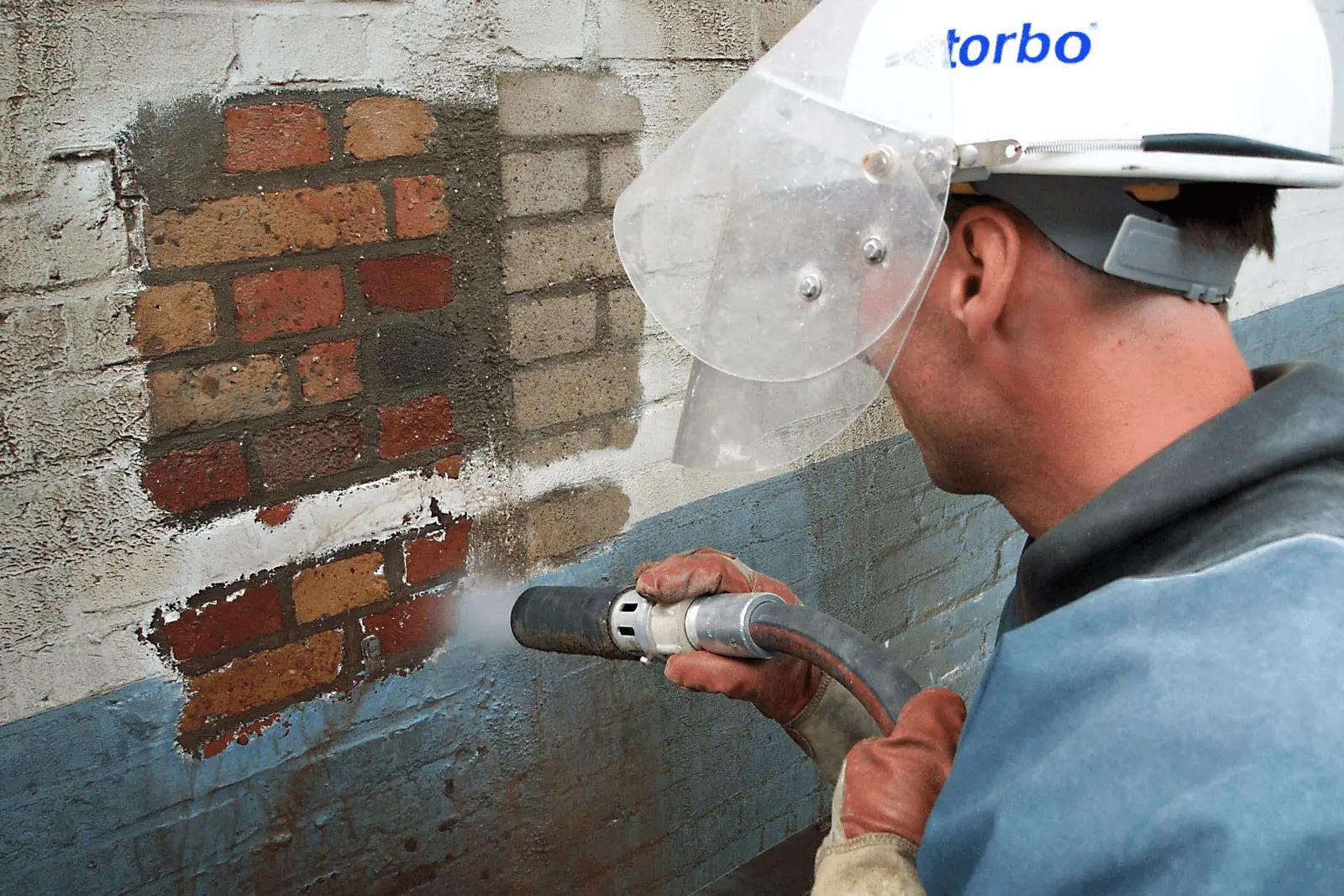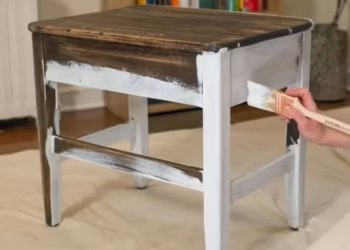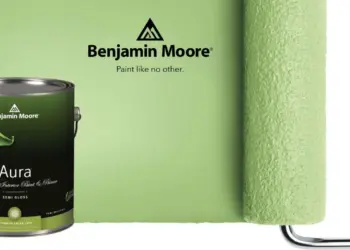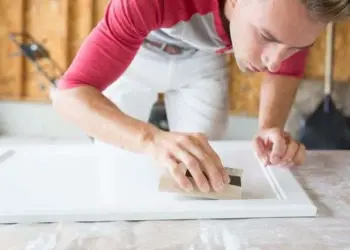Painting stone walls can add an attractive touch to any space, but removing paint from these sturdy surfaces requires careful techniques and considerations. Whether you’re tackling a DIY project or seeking professional guidance, understanding the nuances of paint removal from stone walls is essential for preserving the integrity and beauty of these structures. Here, we’ll explore effective strategies, tools, and precautions to ensure a seamless paint removal process that maintains the quality of your stone walls.
Understanding the Nature of Stone Walls
Before diving into the paint removal process, it’s crucial to comprehend the characteristics of stone walls. Different types of stones, such as limestone, sandstone, or granite, may require varying approaches for paint removal. Analyzing the porosity, texture, and overall condition of the stone surface aids in determining the most suitable techniques to prevent potential damage during the paint removal procedure.

Preparing the Work Area
Creating an organized and secure work environment is imperative to facilitate a smooth paint removal process. Clear the surrounding area, cover nearby objects or vegetation, and lay down protective sheets to prevent any accidental spills or splatters during the paint removal. Gathering all the necessary tools and materials beforehand saves time and minimizes disruptions during the operation.
Assessing the Paint Type and Wall Condition
Identifying the type of paint applied to the stone walls is pivotal in selecting the appropriate removal method. Water-based, oil-based, or lead-based paints necessitate distinct approaches to ensure effective elimination without causing harm to the stone surface. Furthermore, evaluating the current condition of the wall, including any existing cracks, chips, or previous repairs, assists in devising a tailored paint removal plan that considers the wall’s vulnerabilities.

Initial Paint Removal Techniques
Commence the paint removal process by employing gentle techniques, such as scraping with a putty knife or using a wire brush to eliminate loose or chipped paint. Carefully work along the surface, ensuring minimal impact on the underlying stone structure. This initial step helps prepare the wall for subsequent paint removal treatments, allowing for a more efficient and thorough procedure.
Application of Stone-Safe Paint Strippers
Utilize specialized paint strippers designed explicitly for stone surfaces to effectively soften and remove the remaining paint layers. Apply the chosen paint stripper evenly, following the manufacturer’s instructions, and allow sufficient time for the product to penetrate and dissolve the paint. Opt for environmentally friendly and biodegradable strippers to minimize any adverse effects on the surrounding ecosystem.
Effective Scraping Methods for Stubborn Paint
For persistent paint residues, implement robust scraping methods using suitable tools like metal scrapers or putty knives. Exercise caution to avoid excessive pressure that may harm the stone. Employ gentle yet firm strokes, and periodically wipe the scraping tools to prevent the accumulation of excess paint, ensuring an efficient and smooth removal process.

Employing Pressure Washing for Tough Paint Residues
In cases where stubborn paint persists, consider utilizing a pressure washer to dislodge and eliminate resilient paint layers. Adjust the pressure settings to a moderate level to prevent any potential damage to the stone surface. Direct the pressure washer evenly across the wall, maintaining a consistent distance to achieve thorough paint removal while preserving the integrity of the stone.
Using Rotary Tools for Intricate Areas
Tackling intricate or hard-to-reach areas of the stone wall requires the use of rotary tools equipped with suitable attachments, such as wire brushes or abrasive discs. Employ these tools meticulously, maneuvering them delicately to avoid any unintended abrasions or scratches on the stone. Exercise patience and precision, ensuring comprehensive paint removal across all nooks and crannies.
Safety Precautions and Protective Measures
Prioritize personal safety by wearing appropriate protective gear, including goggles, gloves, and a respirator, to shield against harmful chemical fumes or abrasive particles. Ensure proper ventilation in the work area to minimize the inhalation of noxious fumes. Adhere to safety guidelines and recommendations provided by the manufacturers of the paint removal products and equipment.
Testing a Small Area Before Full Application
Before initiating the complete paint removal process, conduct a preliminary test on a small, inconspicuous section of the stone wall to assess the effectiveness of the chosen paint removal technique. Monitor the reaction of the stone surface to ascertain any adverse effects or discoloration. Adjust the approach accordingly based on the test results to prevent unintended damage to the entire wall.
Cleaning and Restoring the Stone Surface
After successful paint removal, thoroughly clean the stone surface using a mild detergent and water solution to eliminate any remaining residues or chemical traces. Rinse the wall with clean water and allow it to dry naturally. Consider applying a stone sealant or enhancer to protect and enhance the appearance of the restored stone, ensuring long-term durability and resistance to potential environmental factors.

Preventive Measures for Future Paint Protection
Implement preventive measures to safeguard the stone walls from potential paint damage in the future. Apply a primer specifically formulated for stone surfaces before repainting to promote better adhesion and longevity. Regularly inspect the walls for any signs of paint deterioration or structural issues, addressing them promptly to prevent extensive damage and costly restoration procedures down the line.
Hiring Professional Services for Complex Cases
In instances where the paint removal process appears complex or challenging, or when dealing with delicate or historic stone structures, consider engaging the services of experienced professionals specializing in stone restoration and paint removal. Professional expertise ensures meticulous handling of intricate tasks, minimizing the risk of inadvertent damage and guaranteeing optimal results that uphold the original allure and integrity of the stone walls.
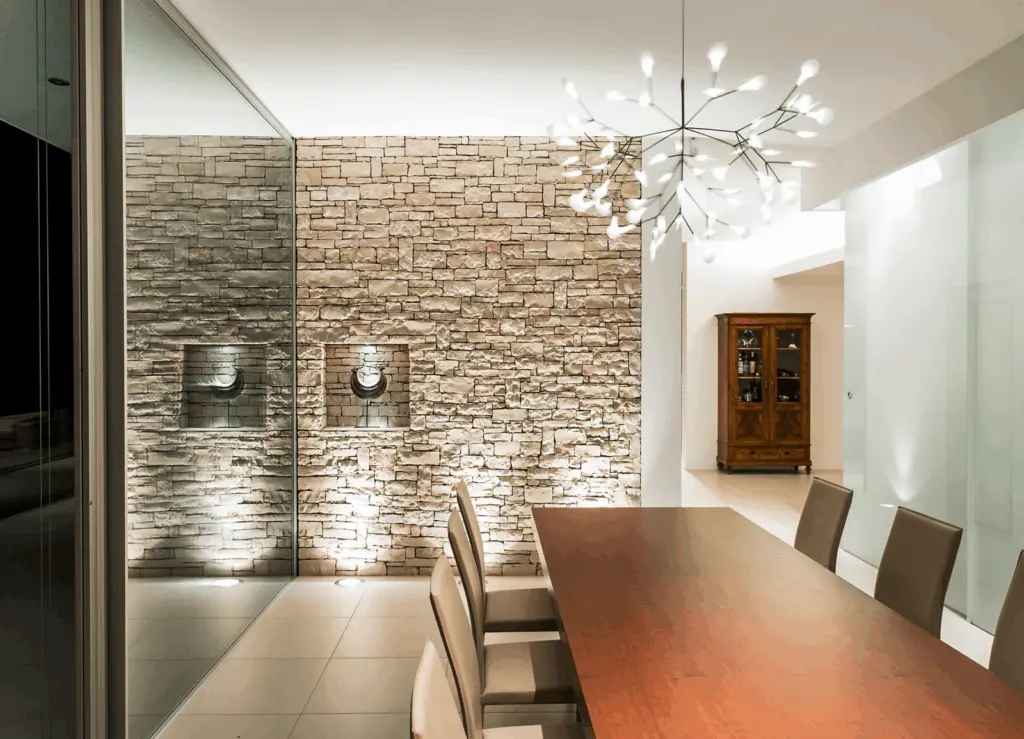
Mastering the art of paint removal from stone walls demands a comprehensive understanding of the wall’s composition, the types of paint involved, and the appropriate removal techniques tailored to the specific requirements of the project. By following the outlined steps and adhering to the recommended precautions, you can successfully restore the natural charm and elegance of your stone walls, preserving their timeless appeal for generations to come.
FAQs
Can I use regular paint strippers for stone walls?
While some paint strippers claim to work on various surfaces, it is advisable to opt for specialized stone-safe paint strippers to prevent potential damage to the stone surface during the removal process.
How often should I inspect my stone walls for paint damage?
Regular inspections every six months are recommended to identify any signs of paint deterioration or underlying structural issues, enabling timely intervention and preventative measures.
Is pressure washing safe for all types of stone walls?
It’s crucial to adjust the pressure settings and maintain a suitable distance from the stone surface to prevent any inadvertent damage, making pressure washing a safe and effective option for paint removal on most stone walls.
How can I maintain the longevity of my stone walls post-paint removal?
Implementing regular inspections, applying suitable primers before repainting, and employing quality stone sealants or enhancers contribute to the long-term preservation and protection of your stone walls, ensuring their durability and timeless allure.
What protective gear is essential during the paint removal process?
Wearing goggles, gloves, and a respirator is essential to safeguard against harmful chemical fumes and abrasive particles, ensuring personal safety throughout the paint removal procedure.
How do you get dried paint off stone?
To remove dried paint from stone, you can utilize paint removers or solvents suitable for the particular type of stone. Additionally, scraping or power washing can be effective.
How do you remove paint from a masonry wall?
Removing paint from a masonry wall can involve similar methods to those used for stone, such as paint removers, scraping, or power washing, depending on the type of paint and surface.
What acid removes paint from stone?
Certain acidic substances, such as vinegar or muriatic acid, can help eliminate paint from stone, but careful handling is necessary.
Does stone absorb paint?
Stone can absorb paint, especially if it’s porous, which might complicate the removal process.
